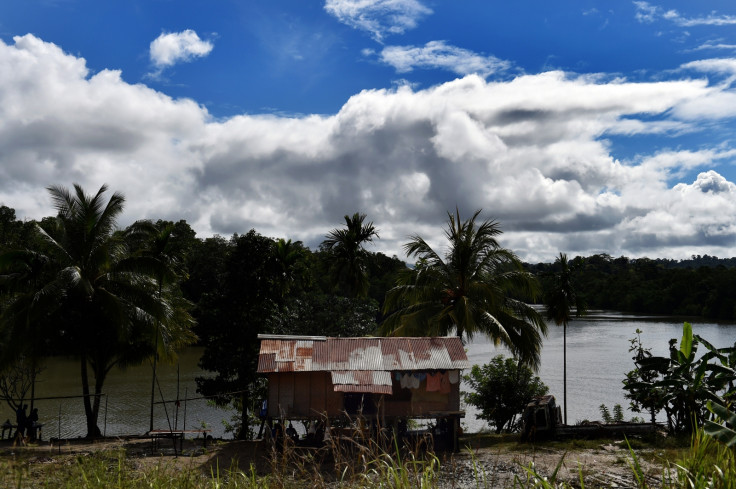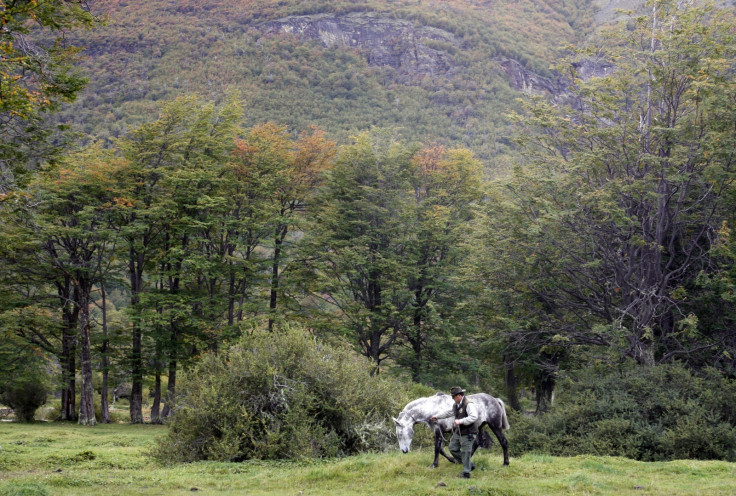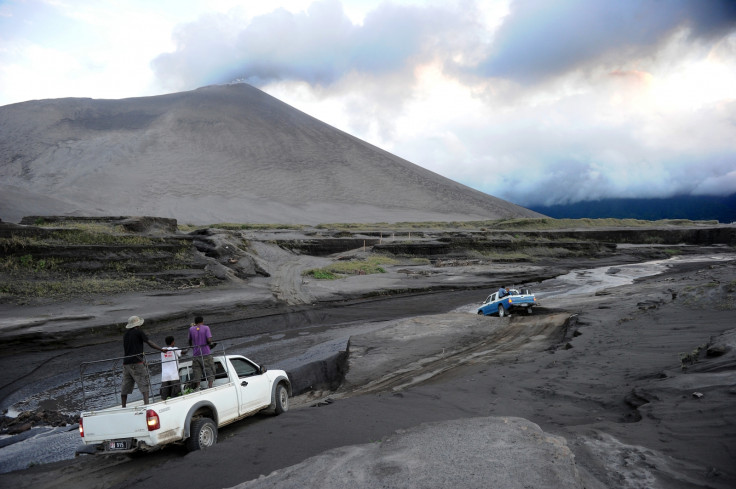International Mother Language Day 2015: Five languages on verge of extinction

Half of the world's population speak the 13 most populous languages, including Mandarin, English and Hindi. It is estimated that there are 6,500 spoken languages in the world today, but around 2,000 of those have fewer than 1,000 speakers.
On the International Mother Language Day, observed on 21 February to "promote the preservation and protection of all languages used by peoples of the world", IBTimes UK looks at five languages facing extinction.
The date, marked since 2000, represents the day in 1952 when students demonstrating for recognition of their language, Bangla, as one of the two national languages of the then Pakistan, were shot and killed by police in Dhaka.
Suena
Suena is a Papuan language spoken in Morobe Province on the northern coast of Papua New Guinea. Part of the Binanderean family of the Trans-New Guinea phylum of languages, it was spoken by the Yawari people over the majority of the 20<sup>th century, but may have switched to the Binandere language.
Papua New Guinea is one of the most linguistically diverse regions in the world. Aside from Austronesian languages, there are around 800 languages divided into 60 small language families, with unclear relationships to each other or to any other languages.

Yagán
Yagán, or Yaghan, is one of the indigenous languages of Tierra del Fuego – an archipelago off the southernmost tip of the South American mainland – spoken by the Yagán people.
Along with other Fuegian languages, it was one of the first South American languages to be recorded by European explorers and missionaries. Yaghan was also spoken briefly at a missionary settlement on Keppel Island in the Falkland Islands. Only one native speaker remains, Cristina Calderón of Villa Ukika on Navarino Island in Chile.
Wintuan languages
Wintuan is a family of languages spoken in the Sacramento Valley of central northern California. The speakers are members of the Wintu, Nomlaki and Patwin, "First Nations" of North American who inhabited the region long before Europeans arrived and before the creation of the United States and Canada. According to UNESCO, there are just two native speakers left in the world.

Volow
Volow is an Oceanic language variety spoken in the area of Aplow, in the eastern region of the island of Motalava in Vanuatu, an island nation in the South Pacific Ocean. The language had largely been replaced with the dominant language Mwotlap. There is only one passive speaker left who lives in the village of Aplow. However, the similarity between Volow and Mwotlap is such that they may be considered dialects of a single language.
Vilela
Vilela is an extinct language last spoken in the Resistencia area of Argentina and eastern Chaco near the border with Paraguay. Of the original dialects of Ocol, Chinipi, Sinpi, only Ocol has survived. The language appears to have the five vowels of Spanish. The remaining speakers have been largely absorbed into the surrounding Toba people – an ethnic group in Paraguay, Argentina and Bolivia – and Spanish-speaking townsfolk. According to Ethnologue, the language may already be extinct.
© Copyright IBTimes 2025. All rights reserved.






















